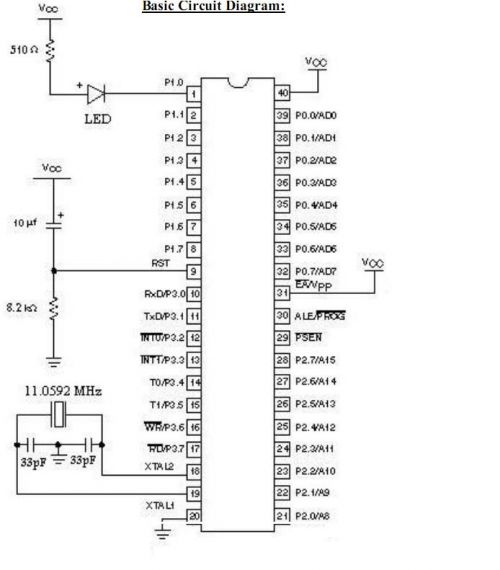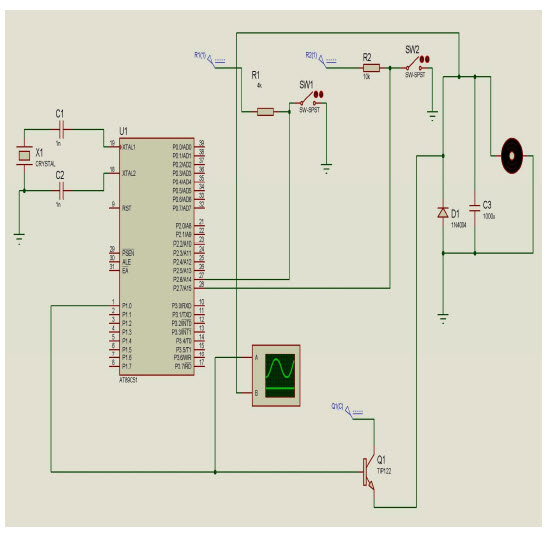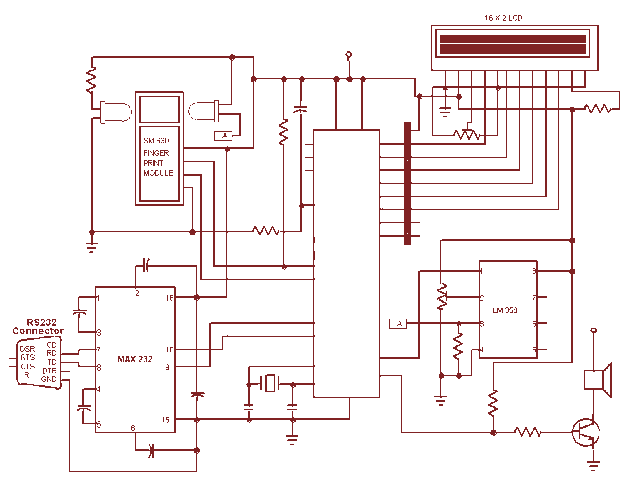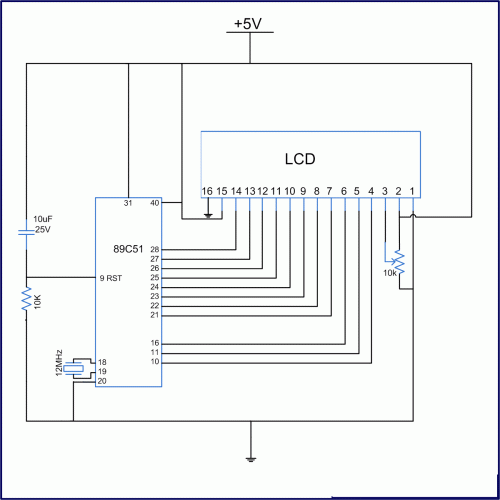
8051 projects

Microcontrollers and Microprocessors - The 8051 Projects Page! Discover comprehensive information on 8051 projects here. Everything you wanted to know about 8051 projects is available.
The 8051 microcontroller, developed by Intel in the 1980s, is a widely used microcontroller in embedded systems. It features a 8-bit CPU, 4KB of ROM, 128 bytes of RAM, and supports a variety of interfacing options, making it suitable for numerous applications, including automation, control systems, and communication devices.
The architecture of the 8051 includes a central processing unit (CPU), memory (both ROM and RAM), and input/output (I/O) ports. The CPU executes instructions stored in ROM, while RAM is used for temporary data storage during program execution. The 8051 also includes a timer/counter, which can be used for timing operations or event counting, and a serial communication interface for data transmission.
In terms of project implementation, various applications can be developed using the 8051 microcontroller, such as digital clocks, temperature sensors, and motor control systems. Each project typically involves designing a schematic that includes the 8051 microcontroller, necessary power supply circuits, and peripheral components like sensors, actuators, and communication modules.
For example, a simple temperature monitoring system can be designed using an LM35 temperature sensor connected to an analog-to-digital converter (ADC), with the output fed into the 8051 microcontroller. The microcontroller can process the temperature data and display it on an LCD screen. Additionally, the microcontroller can be programmed to trigger alarms or control heating elements based on temperature thresholds.
The versatility of the 8051 microcontroller allows for extensive customization and expansion in project development, making it a popular choice among electronics enthusiasts and professionals alike.Microcontrollers & Microprocessors - The 8051 projects Page! Find out all our information on 8051 projects here. Everything you wanted to know about 8051 projects but were afraid to ask!.. 🔗 External reference
The 8051 microcontroller, developed by Intel in the 1980s, is a widely used microcontroller in embedded systems. It features a 8-bit CPU, 4KB of ROM, 128 bytes of RAM, and supports a variety of interfacing options, making it suitable for numerous applications, including automation, control systems, and communication devices.
The architecture of the 8051 includes a central processing unit (CPU), memory (both ROM and RAM), and input/output (I/O) ports. The CPU executes instructions stored in ROM, while RAM is used for temporary data storage during program execution. The 8051 also includes a timer/counter, which can be used for timing operations or event counting, and a serial communication interface for data transmission.
In terms of project implementation, various applications can be developed using the 8051 microcontroller, such as digital clocks, temperature sensors, and motor control systems. Each project typically involves designing a schematic that includes the 8051 microcontroller, necessary power supply circuits, and peripheral components like sensors, actuators, and communication modules.
For example, a simple temperature monitoring system can be designed using an LM35 temperature sensor connected to an analog-to-digital converter (ADC), with the output fed into the 8051 microcontroller. The microcontroller can process the temperature data and display it on an LCD screen. Additionally, the microcontroller can be programmed to trigger alarms or control heating elements based on temperature thresholds.
The versatility of the 8051 microcontroller allows for extensive customization and expansion in project development, making it a popular choice among electronics enthusiasts and professionals alike.Microcontrollers & Microprocessors - The 8051 projects Page! Find out all our information on 8051 projects here. Everything you wanted to know about 8051 projects but were afraid to ask!.. 🔗 External reference





